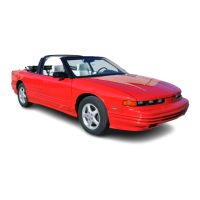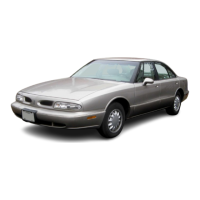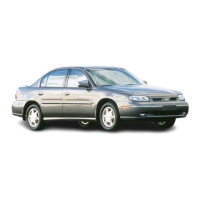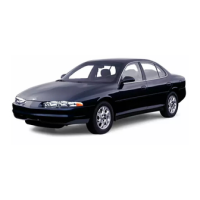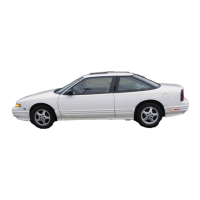Turn Signals
When
Towing a Trailer
When you tow a trailer, your vehicle has to have a
different
~LUII
signal flasher and extra wiring. The green
arrows on your instrument panel will flash whenever
you signal
a
turn or lane change. Properly hooked up,
the trailer lamps will also flash, telling other drivers
you’re about to turn, change lanes or stop.
When towing a trailer, the green arrows on your
instrument panel will flash for turns even
if
the bulbs on
the trailer
are
burned out. Thus, you may think drivers
behind you are seeing your signal when they
are
not. It’s
important to check occasionally to be sure the trailer
bulbs are still working.
Your vehicle may have bulb warning messages. When
you plug a trailer lighting system into your vehicle’s
lighting system, its bulb warning messages may not let
you know
if
one of your lamps goes out.
So,
when you
have
a
trailer lighting system plugged in, be sure to
check your vehicle and trailer lamps from time to time
to be sure they’re all working. Once you disconnect the
trailer lamps, the bulb warning messages again can tell
you if one
of
your vehicle lamps
is
out.
Driving On Grades
Reduce speed and shift to a lower gear
before
you start
down a long or steep downgrade. If you don’t shift
down, you might have to use your brakes
so
much that
they would get hot and no longer work well.
On a long uphill grade, shift down to THIRD
(3)
and
reduce your speed to around
45
mph
(70
km/h)
to reduce
the possibility of engine and transaxle overheating.
Parking on Hills
You really should not park your vehicle, with a trailer
attached, on a hill. If something goes wrong, your rig
could start to move. People can be injured, and both
your vehicle and the trailer can be damaged.
But if you ever have to park your rig on a hill, here’s
how to do it:
1.
Apply your regular brakes, but don’t shift into
2.
Have someone place chocks under the trailer wheels.
3.
When the wheel chocks are in place, release the
regular brakes until the chocks absorb the load.
4.
Reapply the regular brakes. Then apply your parking
brake, and then shift to
PARK
(P).
5.
Release the regular brakes.
Park (P) yet.
4-36

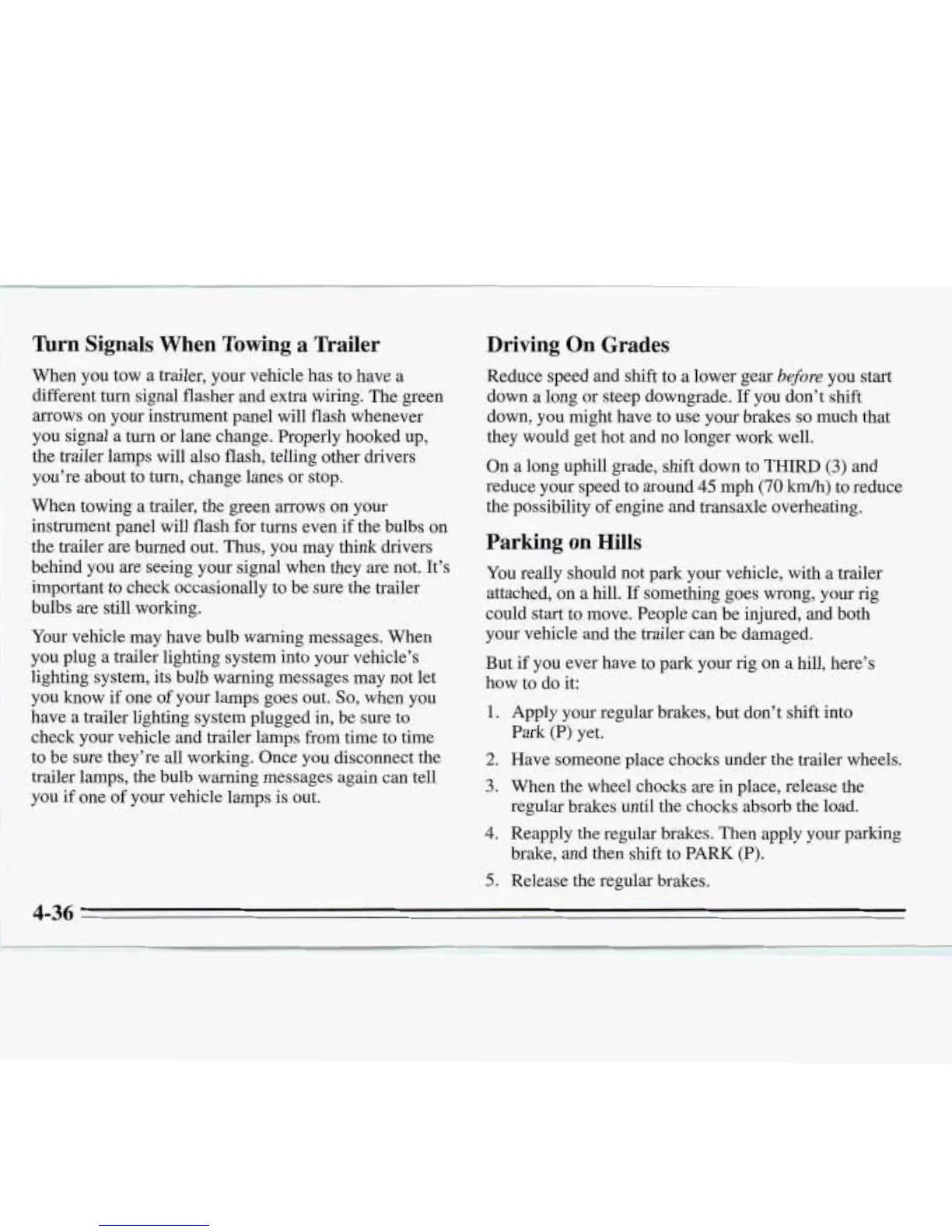